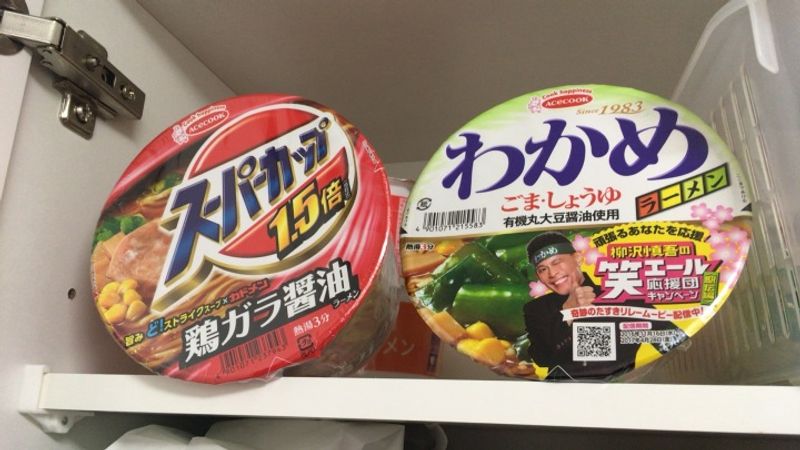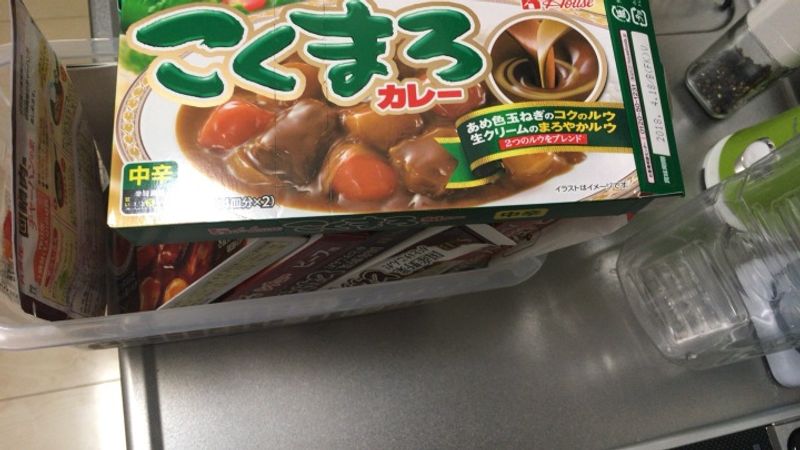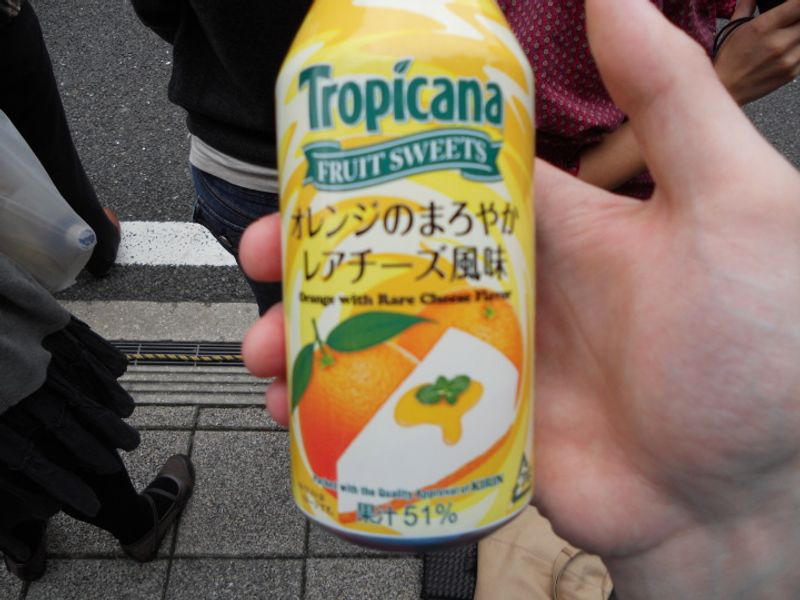Feb 6, 2017
Whose food is it anyway?
A country`s food culture is like a window into the heart of the people who live there. You can tell a lot about people from what they eat. Italians like to have longwinded conversations, much like the spaghetti they eat, Russians have heavy personalities, like stroganoff, and Americans are like tater tots. You can`t just have one.
And if it wasn`t obvious before, I just made all that up.
I am a simple man. I come from a small country with a rather limited food culture (amongst other scarcities). So my knowledge is limited in the culinary aspects. If someone tells me a food comes from some country, I will believe that with all my might. I will take that information to my grave.
So imagine a 20-something man in his first ever ALT teaching job in an Elementary school. Bright eyed, full of hope and wonder, wanting to make a difference in the world of children. “Let`s do self-introductions” the homeroom teacher shouts and everybody thinks that is a great idea! The kids want to know what strange and weird and possibly horrifying likes and dislikes this Non-native, but still somehow innocent looking enough English teacher has.
“What Japanese food do you like?” They shout in unison (because I made them to) and I answer with full confidence “I like Ramen!”.
…Silence in the classroom. The longest three seconds in this new teacher`s life. Oh-emm-gee, have I said something to offend? Have I possibly struck a sensitive cord that will inevitably result in my expulsion? Has the Japan dream died before it started?
…no. Of course not. But I did get a room full of 10 year olds explaining to me that Ramen is in fact not Japanese, but Chinese instead. So I learned a valuable lesson that day.
Until I went on Wikipedia and read that ramen is a Japanese cultural icon! Now I don`t know what to think anymore.
So here I want to explore some staple food of Japan, find out its origins and whether it can be considered Japanese food (Read: What I can and cannot say in front of 10 year olds)
1. Ramen (Definitely Japanese)
As I said before, it most definitely is Japanese food, gosh darn it. Whatever the kids these days say. It IS true, however that the noodles themselves come from China. The word Ramen even comes from the Chinese word “lamian”.
Now I don`t think I need to sing its praises or anything; I`m sure we all have a small, emergency ramen stash (or in my case, an entire full cabinet) but that`s just the instant stuff.

The thing about Japan however, is whenever they get something new, they do not mess around with it. It is either fully in or out. So they took ramen, put it through its paces and created local varieties with flavors complementing the area.
Don`t think you need to visit every small inaka town in Japan to be able to taste the variety however. (Well, you can, and if you do, please write an article in City Cost for each one). For example, on the 10th floor in Kyoto station, you can find a Ramen street, a collection of ramen shops from different areas of Japan. I recommend “Ramen Todai” since I love everything to do with pork. (The vending machines also have English language support).
2. Tempura (possibly Japanese)
Before the Portuguese came to Nagasaki in the 16th century, the Japanese “tempura” was just deep fried food, without any eggs or even flour (sometimes rice flour). I don`t know about you, but the batter made from flour and eggs are what makes tempura the irresistible delicacy that it is. Never mind what is inside the batter. If the crunchy, oily stuff on the outside isn`t there, I wouldn`t touch it with a ten foot chopstick.
3. Curry (absolutely Japanese *terms and conditions apply)
So I come to my Junior High School one day and half the school is missing. I ask the remaining teachers and they inform me that there`s a school trip.
Kasajizo: Where did they go?
Teacher:To the countryside.
Kasajizo: Why did they go there?
Teacher:To make curry.
Kasajizo: Why curry?
*teacher shrugs and walks away.
Need I say more? (I also have a stash of curry roux in my other cabinet)
Never mind the fact that the Japanese curry we know today was not available in supermarkets until the 60s. Today I think a household in Japan without at least one packet of curry roux is extremely rare.

In short, Japan can call any food they want Japanese if they want. There is a certain separation from “Traditional” Japanese food, called Washoku and the western one called Yoshoku, but how far you have to look back for a food to become “traditional” requires a level of research that is beyond me.
Post script: For the sake of weirdness, here is a picture of the strangest drink I have ever bought. Orange juice with rare cheese flavor. And yes, it tasted just as you would expect. Disgusting.




3 Comments
JapanRamen
on Feb 6
Awesome insight! I enjoyed this post a lot :D
BigfamJapan
on Feb 6
"The thing about Japan however, is whenever they get something new, they do not mess around with it. It is either fully in or out. " Totally agree, you hit the nail on the head right there. You see it in their drinks and desserts too. I would have thought the general consensus on Ramen is that (yes the noodles originated in China but) Ramen as we know it today is very Japanese. You've a very savvy group of 10 year olds in your realm!
SalarymanJim
on Feb 7
A fun read this! Curry seems to be the go-to team building DIY meal here in Japan. We've done it on team building weekends with work, and I'm pretty sure I whipped up few curries during my ALT days, too.